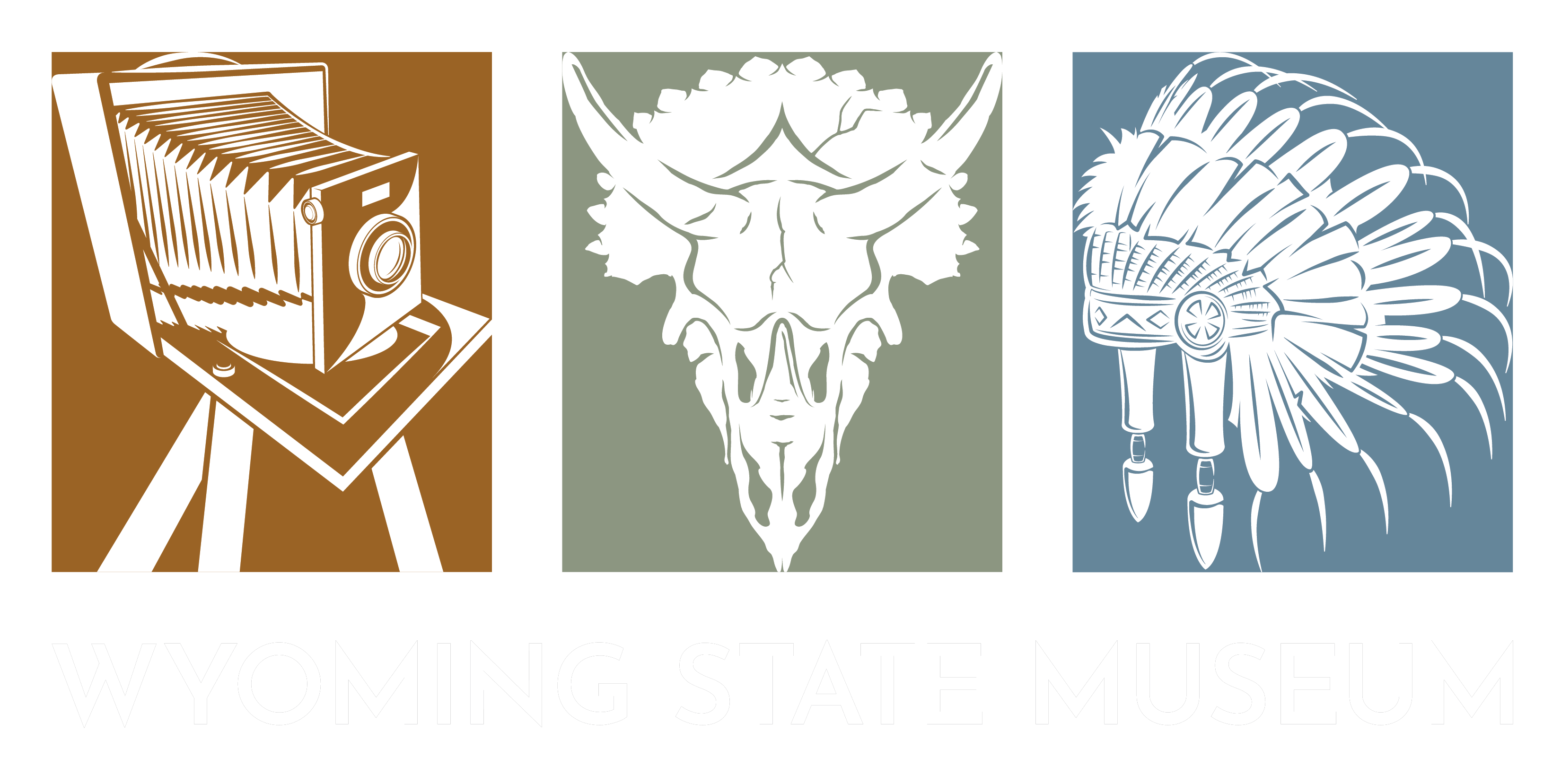Time: 2 Hours (Can Be Shortened)
Grades: 3-12
In this exciting field trip, your students will learn about what makes the wolf an apex predator. They will learn about the different habitats that wolves live in, their unique adaptations, and species in their food webs. We will learn about adaptations, predator/prey relationships, hunting techniques, and more. We will also see a real wolf pelt, wolf skull, and other biofacts.
Life of Wolves:
Like most of our on-grounds programs, the Life of Wolves program includes an engaging educational lesson, hands-on animal biofact interaction, a fun activity, a specially themed scavenger hunt, and time for open exploration of the museum. Read below to learn more about each of these; remember, your program can be shortened to fit any time constraints.
Educational Lesson: 60 Minutes
In this engaging program, we will start by discussing where in the world wolves can be found, what habitats they live in, and how big they are. Next, we will talk about different subspecies of wolves… focusing on the ones that can be found in North America. Your students will learn about where these different subspecies live and what makes them special. Then, your students will learn about wolf food webs, and what animals they depend on for survival. We’ll finish by talking about all the adaptations that wolves have for hunting. Your students will learn about pack hunting, wolf senses, speed, teeth, and other adaptations that make wolves an apex predator.
In this program, your students will be able to see a real wolf skull and wolf pelt. Additionally, they will see other pelts, skulls, and antlers of many different prey species.
For older students, a slightly longer variation of the program is available. For this version, we will start with the same program that is listed above. But, we add on 15 minutes at the end to talk about wolf conservation. We will discuss what happened to wolves from the earliest days of the country, up to the 20th century. Then, we'll discuss what humans did to save the wolves. This optional section is only recommended for older groups, as it deals with the wide scale extermination of the species in the 1800-1900s.
Activity: 20 Minutes
The activity for the Life of Wolves program is our scent game. Wolves rely heavily on their sense of smell to find their prey; they also utilize scent to mark their territories. Each of your students will be given a small vial with a mystery scent within it. Their goal is to find the one other student who has the same scent as they do. Your students will walk around, smelling the vials of their classmates, until they find their scent partner. This is a very fun game that students love to play! It also reinforces the importance of the sense of smell for wolves!
Scavenger Hunt: 20 Minutes
The Life of Wolves scavenger hunt will bring your students through the museum, looking for certain items that pertain to wolves. These might be an actual wolf pelt, an example of a wolf prey species, a picture of a wolf in art, or a piece of human/wolf history. The scavenger hunts are completed in small groups or pairs.
Open Museum Exploration: 20 Minutes
While the scavenger hunt allows your students to see a curated selection of items within the museum, the open museum exploration time allows your students to explore whatever they are interested in. The Wyoming State Museum has so many topics (from dinosaurs to mining to pioneers to warfare to animals to Native American culture to national parks and more), that we find it is a great idea to give students free time at the end of the program to explore.




